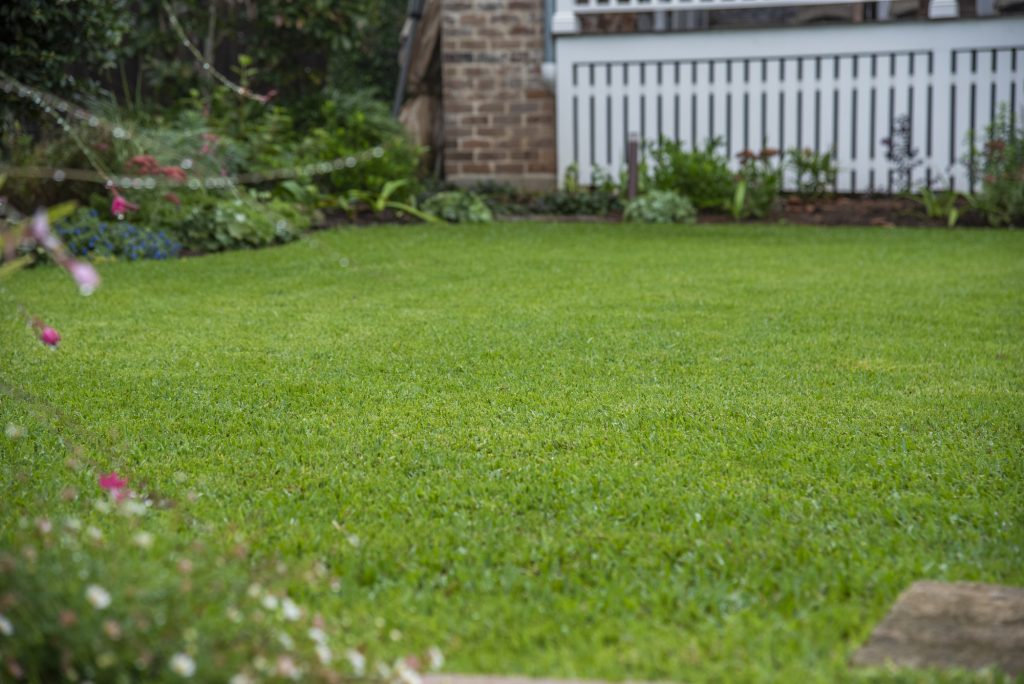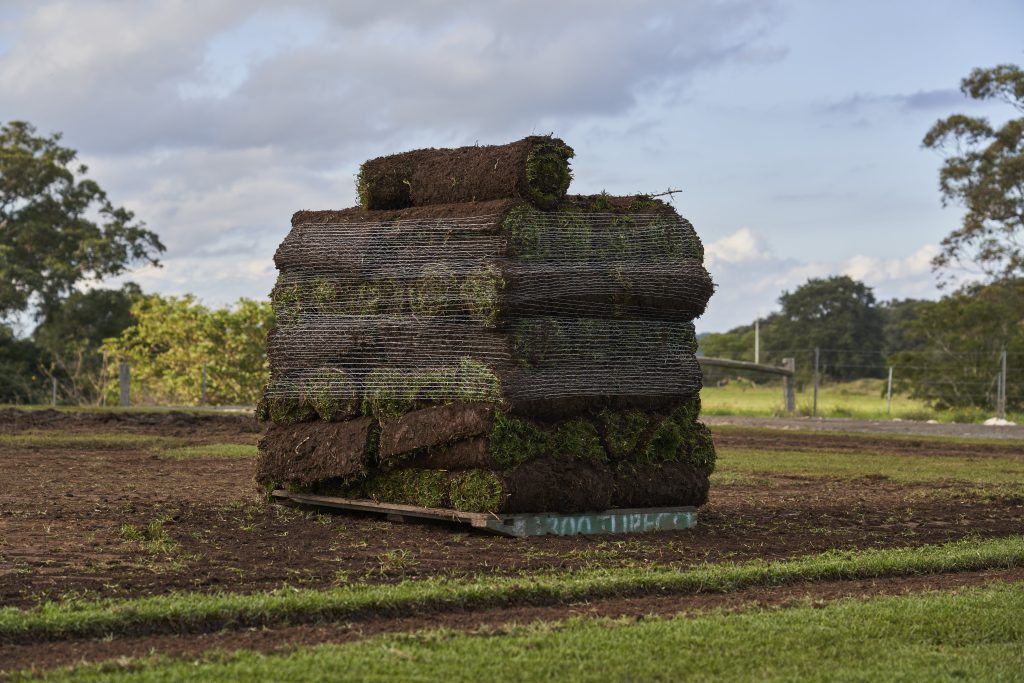How Much Water Is Enough for My Lawn?
A good watering regime is one of the most important steps to ensure you have a beautifully established, and healthy lawn.
You should never neglect lawn water maintenance. It’s vital both during the establishment period and well after the establishment period of your lawn. With the appropriate choice of lawn for your environment and the correct preparation you can keep watering to a minimum.
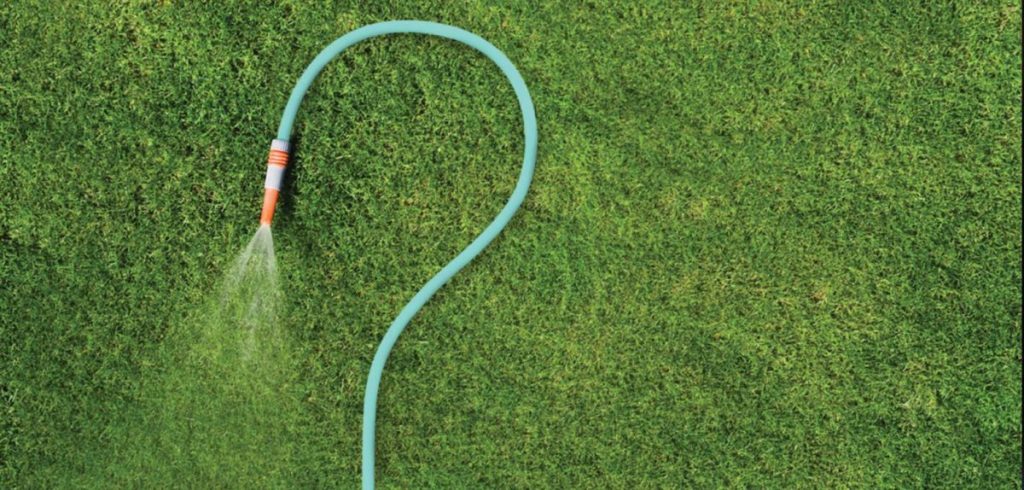
One of the most common questions we get asked here at Turfco is, “how do I know if I am watering my lawn enough?” The answer to this question can be quite different due to a variety of factors.
Some of these factors include:
- The climate in your area and the season;
- Water restrictions
- Access to and cost of water
- Your soil type and its ability to absorb and hold water;
- Lawn variety and its drought tolerance;
- Environmental factors such as how much sun, shade, wind or heat there is in your garden and your area;
- The health of your lawn
New Lawns
Freshly laid turf needs to be watered twice daily, every day, for the first couple of weeks. Once your lawn sets root into the soil, it is starting to become established. You can test for this by trying to gently lift a corner of a roll, if it doesn’t lift easily, the roots have taken to the soil. This is a good thing as it means your lawn is growing well.
Once establishment is happening you can start to back off the watering, depending on the weather and the climate in your region.
Please contact us for more information on the best watering practices for your region.
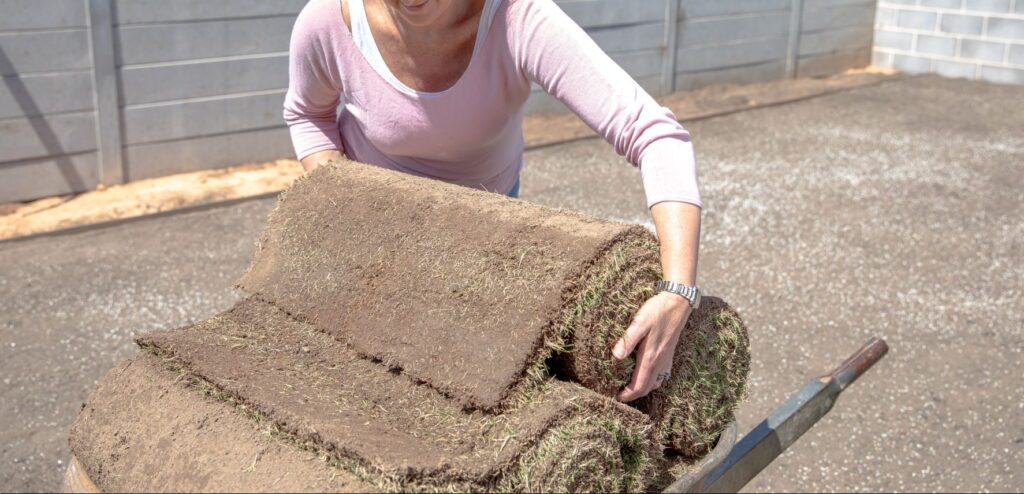
For more information on caring for your new lawn check out this video.
For more tips on preparing your area for a new lawn click here.
Established Lawns
An established lawn will require a lot less watering and, in some areas, depending on your turf variety, it may be able to rely on rainwater alone.
The idea is to get to the point where you water less frequently but give the lawn a deep soaking. This encourages deep root systems and thus a more self-sufficient and drought tolerant lawn. As the water drains through the soil, the roots seek the water out deeper in the soil, rather than just hanging around the surface, which is what will happen if you just give it short, regular splashes. Educate your lawn to go the distance.
Overwatering is not good for your lawn, your wallet, or the environment. Long, deep soakings less frequently will ensure your lawn develops better drought tolerance and saves water.
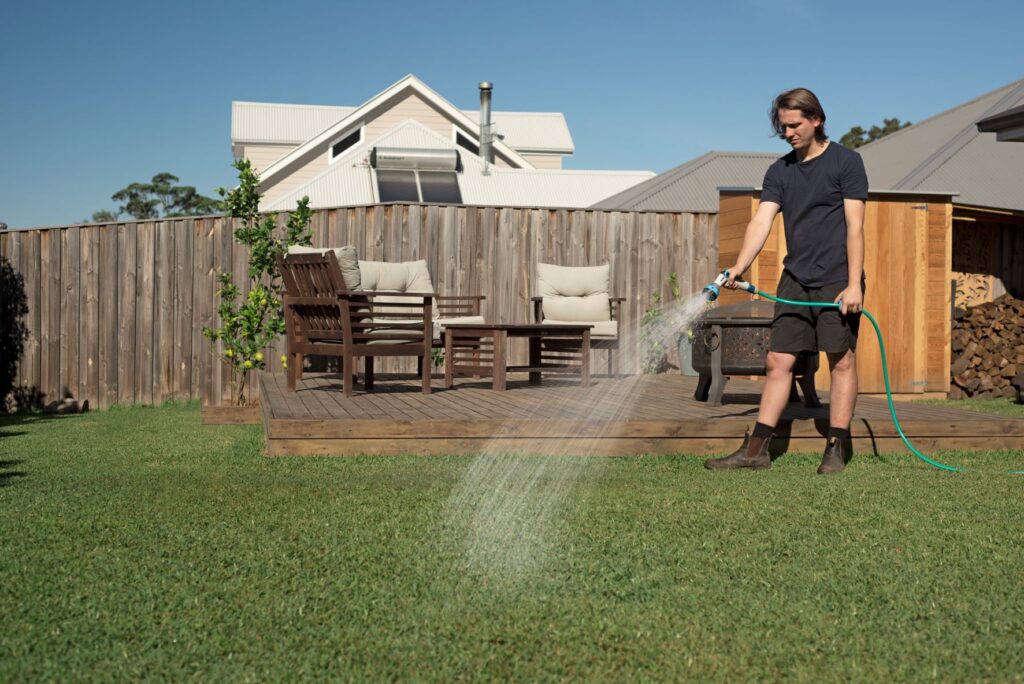
How do I know if my lawn needs watering?
Just look for the tell-tale signs:
- If it’s wilting or losing colour.
- If noticeable footprints are left on the area when walked across, then the lawn is likely to be lacking in water. If the lawn bounces back, it should be well hydrated. This is known as the footprint test.
- During hot weather, if it goes all dry and crusty and takes on a light brown colour, there’s a good chance it needs a drink.
The best time to water your lawn is early morning or late in the afternoon/early evening. During these times there usually isn’t any wind and less chance of water loss due to heat related evaporation. In humid areas, avoid late afternoon or early evening watering as this can increase the chance of fungal diseases. Early morning is best.
Here is a handy video on watering your turf during winter!
For further information please contact the Turfco Team!


